Oddities of the Kitum Cave - the African Gate of Evil (14 photos)
All sorts of strange places that arouse the keen interest of researchers are abundant on our planet. The properties of some of them are clearly embellished for the sake of tourist interest and profit, but in the case of others there is no particular point in doing this - they are far away, difficult to access, and unprofitable. The fame is also dubious. 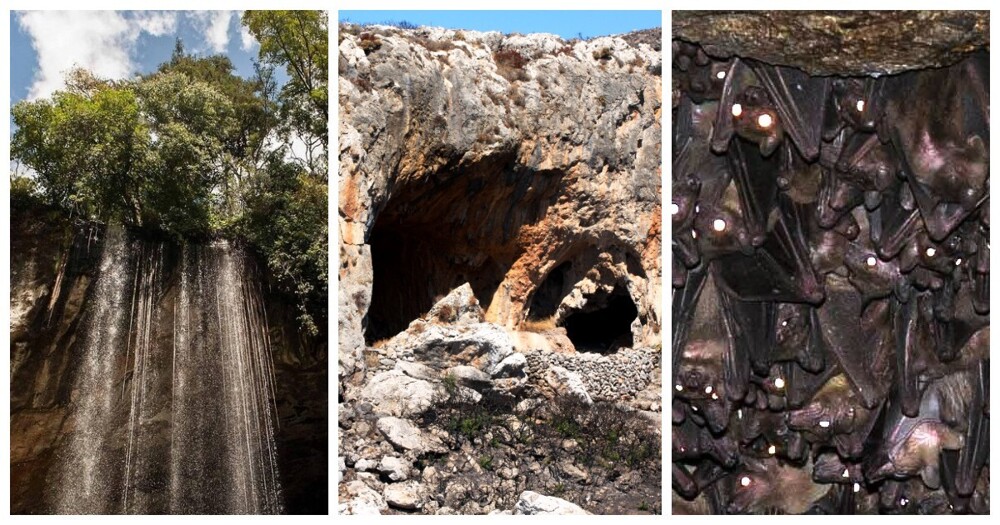
Mount Elgon is an extinct volcano in Kenya. This place is remote and difficult to access. Located on the border of Uganda and Kenya, Mount Elgon has something much more dangerous than most volcanoes - the hidden Kitum Cave at its base. 
Mount Elgon
The dense and lush forest around suggests that the cave is not visited by tourists. However, perhaps this is for the best, because it hides something mysterious and dangerous in its dark crevices.
Many call the cave the gates of evil, given the sinister tales of visitors who have gone inside. Believed to be the origin of the Marburg and Ebola viruses, Kitum Cave remains under suspicion. 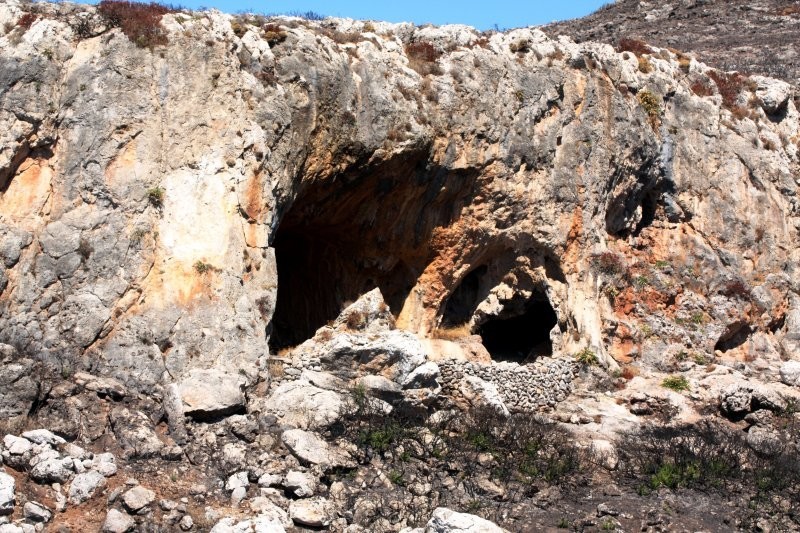
Entrance to Kitum Cave
It was supposed to serve as a refuge for local tribes from raiders and a cult place for religious ceremonies and meetings. On the other hand, it is difficult to deny the role of the cave in the spread of two such deadly diseases known to mankind.
Cave of Diseases 
By going to Kitum Cave in Kenya, anyone could possibly be following the same path that the HIV virus took throughout the world in the 1980s. The virus, which has killed tens of millions of people, also originated in the area.
The cave has the atmosphere of an Indiana Jones movie. The main entrance is 18 meters wide, and the cave itself goes 200 meters deep into the mountain. 
Kitum is believed to be the source of the Marburg virus and Ebola, according to a book by Richard Preston. Richard Preston's book The Hot Zone describes two different cases that prove that the cave could be the origin of these dangerous diseases. 
According to records, a French tourist visited the site in January 1980 and went deeper to explore. A week after the visit, the man experienced symptoms such as severe headache, nausea and vomiting, and fever.
The man's condition quickly deteriorated. He felt sick and vomited blood and black liquid. Later research showed that the tourist was infected with the Marburg virus. 
Another story in Richard Preston's book tells the story of a Danish boy who visited the cave in 1987. Surprisingly, the child suffered the same fate. Which is pretty convincing evidence that there really is something mysterious about her.
Secrets of the Cave 
Ebola virus
Two people visiting the same cave seven years apart and dying the same way certainly don't seem like a coincidence. But that was only the beginning. In 2004, a much larger outbreak of Marburg infection occurred in Angola, which claimed 227 lives out of 253 infected. Did Kitum Cave play a role in the spread of the virus around the world? 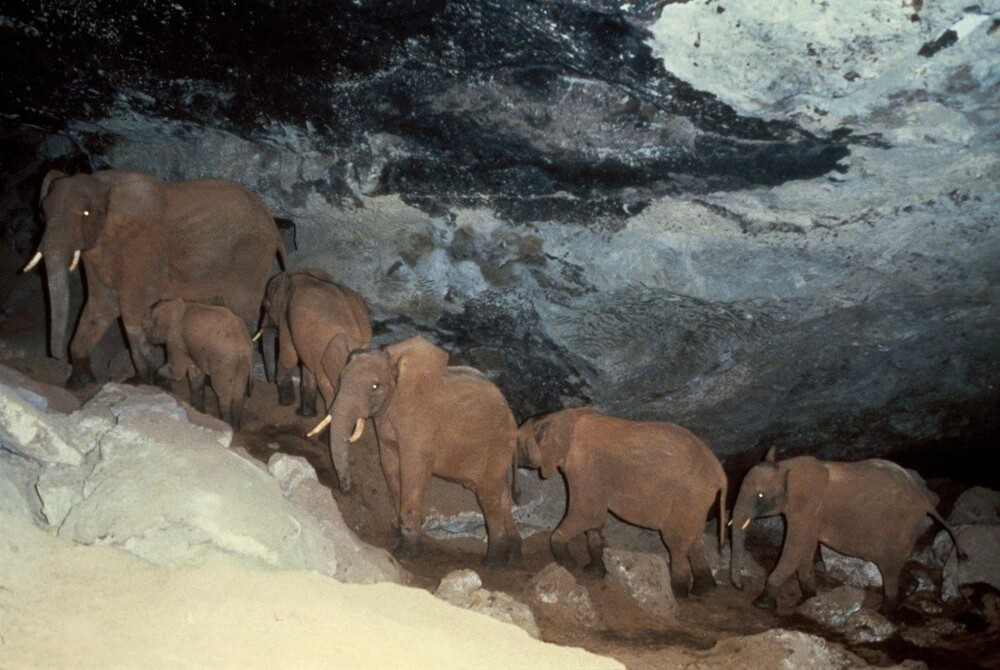
Elephants come for salt
It was formed by cooling volcanic rock rather than as a lava tube. When looking at the inside, you can see marks - grooves along the walls. Some believe that these marks were made by the ancient Egyptians in search of gold, diamonds or precious minerals.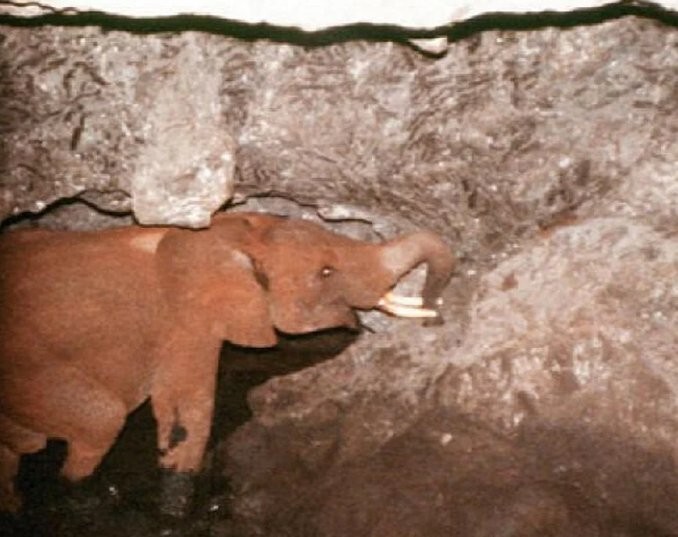
But these marks and furrows have a scientific and much more prosaic explanation. The marks on the walls were made by elephants digging through them with their tusks in search of salt deposits. Many other animals such as hyenas, buffaloes, leopards and antelopes come here at night to collect salt. 
Cave inhabitants
The deep areas provide breeding grounds for many insectivorous and frugivorous bats. According to popular beliefs, bats in the cave served as carriers of the Ebola and Marburg viruses. In addition, it is believed that bat excrement is the source of infections.
Two incidents described in Preston's book provided a terrifying picture of the dangers of Keetum. One of the notable observations about the cave and its role in the spread of the Ebola and Marburg viruses points to bats. 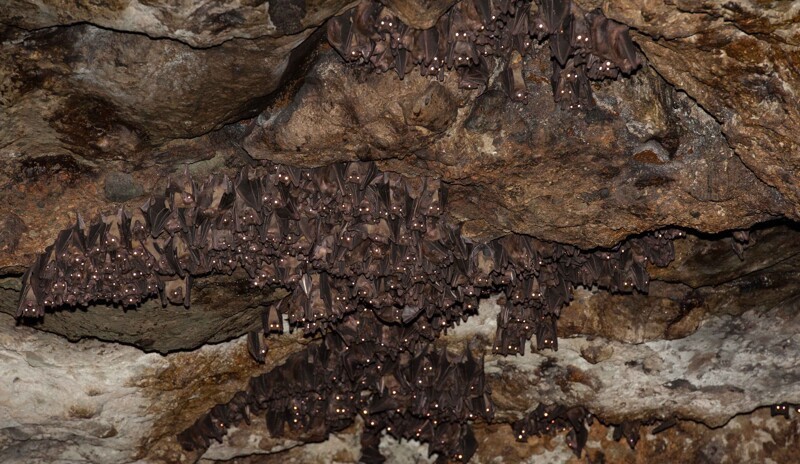
As a matter of fact, even today this is one of the main reasons for concern of any tourist. However, blood and tissue samples from local bats showed no signs of the Ebola virus. On the other hand, it was found that bats are capable of becoming natural reservoirs - long-term hosts of the pathogenic organism. Therefore, it is best to move inside, avoiding the far corners where bats live. 
But ultimately, the origin of the Ebola and Marburg viruses in Kitum Cave has never been proven. The lack of evidence for Marburg virus in fruit bats has created further problems, and their role as animal vectors cannot even be confirmed.
Despite the strangeness and danger, there are people who want to visit and explore the abode of evil. And there are quite a lot of them. Why do tourists do this? Refute myths, test yourself, or simply feel yourself on the verge of death, feeling thousands of icy goosebumps on your back, and go back to the real world - alive, healthy, to people and the sun. 





























